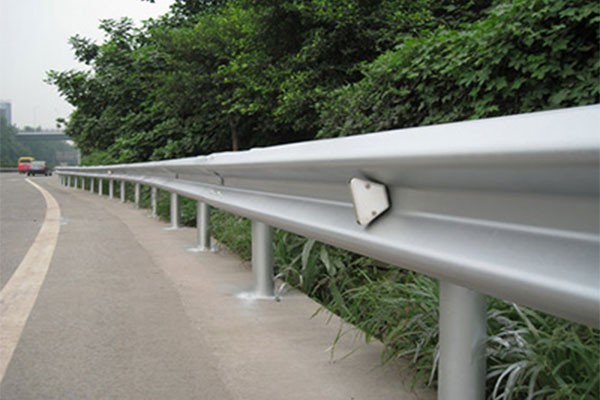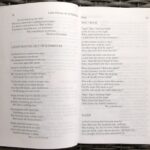Guide rail roll forming machines are essential for manufacturing the safety barriers we see lining highways. This article provides a comprehensive overview of these machines and their importance.
What is a Guide Rail Roll Forming Machine?
A guide rail roll forming machine is a specialized piece of equipment used to create guardrails, particularly W-beam guardrails, from sheet metal. These machines use a series of rollers to progressively shape the metal into the desired profile. The process involves feeding a continuous strip of metal through a series of shaped rollers, each gradually forming the metal closer to its final shape. This cold forming process ensures consistent dimensions and high strength, crucial for the guardrail’s performance. The key components typically include an uncoiler, leveling device, feeding system, forming stations, cutting system, and run-out table.
How Does a Guide Rail Roll Forming Machine Work?
The process begins with a coil of steel being fed into the machine. The metal strip is then leveled to remove any imperfections. It passes through a series of roll forming stations, each containing a set of rollers. These rollers progressively bend and shape the metal into the W-beam profile. The number of forming stations depends on the complexity of the desired profile. Once the metal has passed through all the stations, it is cut to the required length by a cutting system, which may be a shear, saw, or laser cutter. The finished guide rails are then discharged onto a run-out table for collection. Precise control systems ensure accuracy and consistency throughout the process.
Why are Guide Rail Roll Forming Machines Important?
Guide rail roll forming machines play a crucial role in road safety. They enable the efficient and cost-effective production of high-quality guardrails. These guardrails are essential for preventing vehicles from running off the road and reducing the severity of accidents. The machines allow for precise control over the dimensions and material properties of the guardrails, ensuring they meet stringent safety standards. By producing these essential safety barriers, guide rail roll forming machines contribute significantly to making roads safer for drivers and passengers. Furthermore, the automated nature of these machines allows for high-volume production, meeting the demands of large infrastructure projects.
Benefits of Using Guide Rail Roll Forming Machines
Several benefits are associated with using guide rail roll forming machines.
- High precision: These machines produce guardrails with consistent dimensions and tight tolerances.
- High efficiency: Automated processes enable high-volume production.
- Cost-effectiveness: Efficient material usage and reduced labor costs contribute to cost savings.
- Material Strength: The cold forming process increases the strength and durability of the finished guardrails.
- Customization: Machines can be configured to produce different guardrail profiles and sizes.
Types of Guide Rail Roll Forming Machines
Guide rail roll forming machines come in various configurations, each designed for specific production needs. Some common types include:
- W-beam guardrail forming machine: Specifically designed for producing W-beam guardrails, the most common type used on highways.
- Three-wave guardrail forming machine: Produces guardrails with a three-wave profile, offering increased impact resistance.
- Custom profile forming machine: Designed for producing guardrails with unique profiles according to specific project requirements.
Factors to Consider When Choosing a Guide Rail Roll Forming Machine
Selecting the right guide rail roll forming machine is crucial for maximizing productivity and ensuring quality. Consider the following factors:
- Production volume: Choose a machine with a capacity that meets your production needs.
- Material type and thickness: Ensure the machine can handle the type and thickness of steel you intend to use.
- Guardrail profile: Select a machine that can produce the specific guardrail profile you require.
- Automation level: Consider the level of automation needed to optimize efficiency and reduce labor costs.
- Machine quality and reliability: Choose a machine from a reputable manufacturer with a proven track record.
- Maintenance and support: Ensure the manufacturer provides adequate maintenance and support services.
Conclusion
Guide rail roll forming machines are indispensable for manufacturing the guardrails that protect us on highways. Their ability to efficiently produce high-quality, consistent guardrails makes them essential for road safety. By understanding the workings, benefits, and types of these machines, one can appreciate their vital role in ensuring safer roads. If you’re interested in exploring guide rail roll forming solutions further, consider contacting specialized manufacturers for detailed information and guidance. Remember, investing in reliable equipment directly translates to safer roads for everyone.

